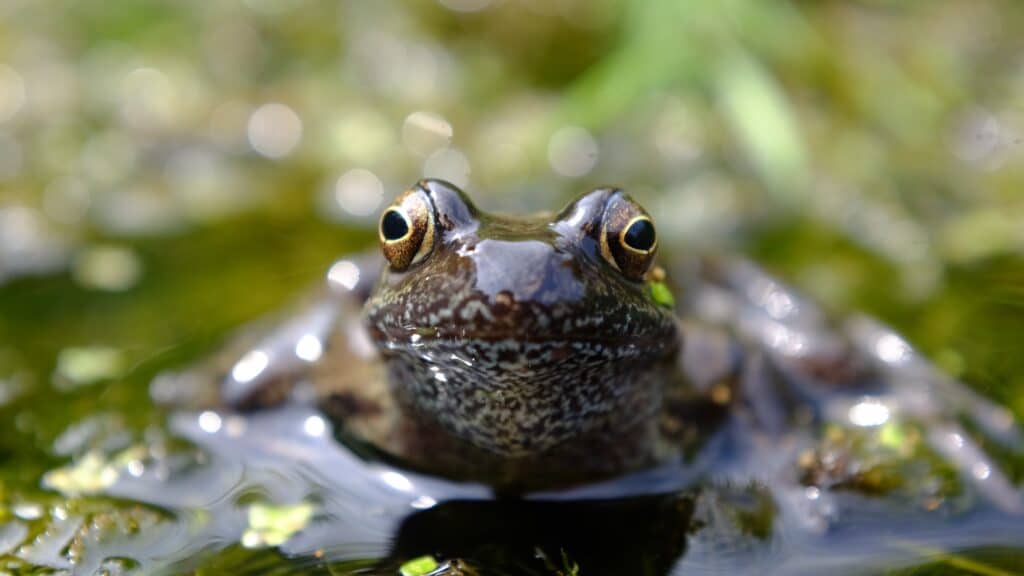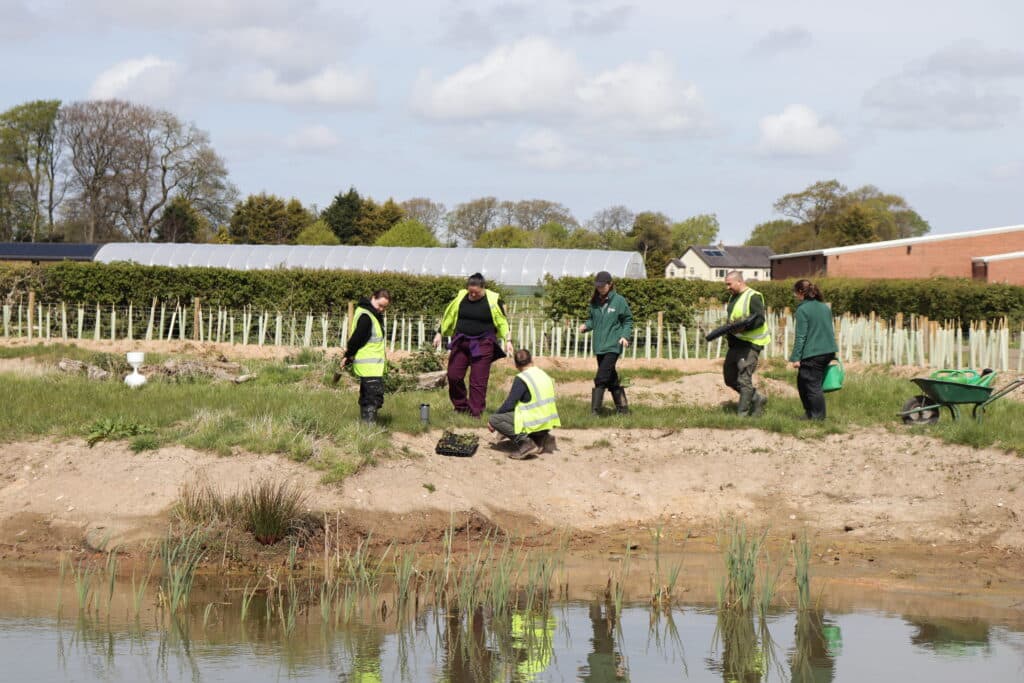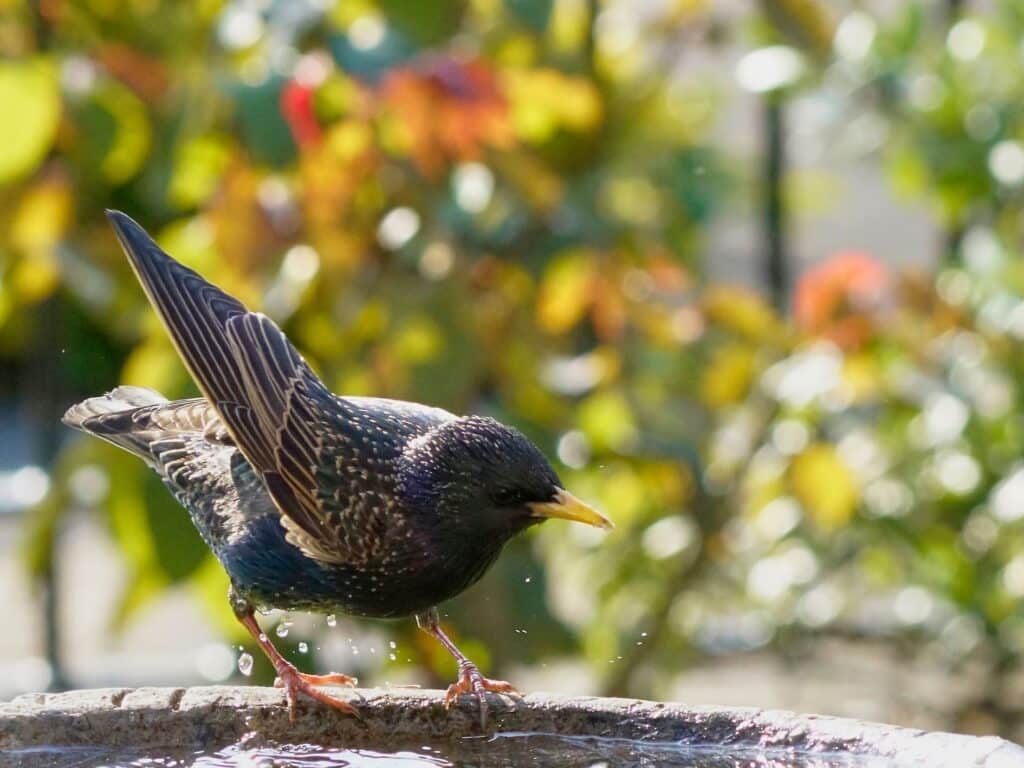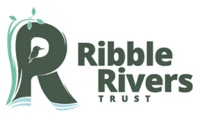
How to Save Water in the Garden, and Help Wildlife Too!
When it comes to making your garden more wildlife-friendly, planting wildflowers, adding a pond, or leaving areas to grow naturally can all make a big difference. But there’s one essential resource that’s often overlooked- water.
Why saving water matters

Even in damp and rainy Lancashire, our gardens consume a surprising amount of water. If that water comes straight from the tap, then no matter how carefully you plan your planting, you could still be having a negative impact on wildlife. That’s because tap water doesn’t always come from rainfall- some is abstracted from our rivers. As reservoir levels drop, water companies increase the amount of water they abstract from rivers. Then, our already struggling ecosystems are under even more pressure.
Healthy rivers rely on a steady flow of water. When river levels drop, water temperatures rise more rapidly, oxygen levels fall, and the delicate balance that supports fish, insects, and plants starts to break down. In drought conditions, some streams and wetlands can dry up completely, leaving nothing for the species that depend on them.
For people, low water availability means restrictions on use, reduced crop yields, and challenges for livestock farmers. By choosing to save water in the garden, we can all play a part in reducing pressure on our shared water sources. Keeping more water in the environment, means it supports both wildlife and communities.
Every drop we save helps keep more water where we need it the most.
What we’re doing at Ribble Rivers Trust
Throughout our projects, we use nature-based solutions to restore the natural water cycle. By creating habitat mosaics with wetlands, wader scrapes, hedgerows, woodlands, and wet ditches, we slow the flow of water, keep it upstream for longer, and create diverse habitats that stay resilient in dry weather.
Woodland creation is another large part of this work. Shade from riverside trees helps cool the water to reduce evaporation and keep water cool. Plus, our fish passage work means that fish can move up and down rivers more freely. This helps them escape drought hit rivers and move to cooler stretches of water, in a process called refuge migration.

How you can save water in the garden
If you want your garden to help, not harm, our water environment, there are plenty of simple changes you can make.
One of the easiest steps is to let your lawn grow wild. Taller plants and longer grass retain moisture better, and wildflowers like daisies, clover, and buttercups provide vital food for pollinators. If space is tight, pots filled with native wildflowers are a brilliant low-water option.

Planting trees also helps lock in moisture, while providing food and shelter for wildlife. A well-placed tree can shade your garden, reducing evaporation and creating a cool refuge for people and wildlife. If your garden’s compact, shrubs like dogwood provide food, nectar, and shelter for insects and birds alike.
If you add a water feature, try to use collected rainwater, not tap water. A simple bird bath or shallow dish, topped up from a water butt, can give wildlife a much-needed drink without draining the mains supply. Just remember to keep it clean, top it up regularly, and use stones to create an easy way out for small creatures.
Even your garden waste can help. Piles of leaves, twigs, and grass cuttings provide homes for insects, amphibians, and hedgehogs. It will also break down naturally into nutrient-rich compost that helps soil hold more moisture, reducing the need for watering and providing nutrient rich natural fertiliser.
Finally, think about access. Modern gardens are often surrounded by walls and fences, cutting off wildlife from safe routes and resources. A small 13cm by 13cm gap in your fence is enough for a hedgehog to squeeze through and explore safely. Cutting small gaps in fences will allow wildlife to move safely between gardens, helping them find food, water, and shelter even when conditions are tough.

Rivers are at the heart of our local landscapes. Whether you’re casting a line, exploring a riverside trail, or simply basking in the beauty of nature, you can help protect these special places now, and for generations to come.
By becoming a Ribble Rivers Trust supporter for just £3 a month, you’ll be funding real, on-the-ground action.
Ready to make a difference? Learn more here: ribbletrust.org.uk/become-a-supporter

